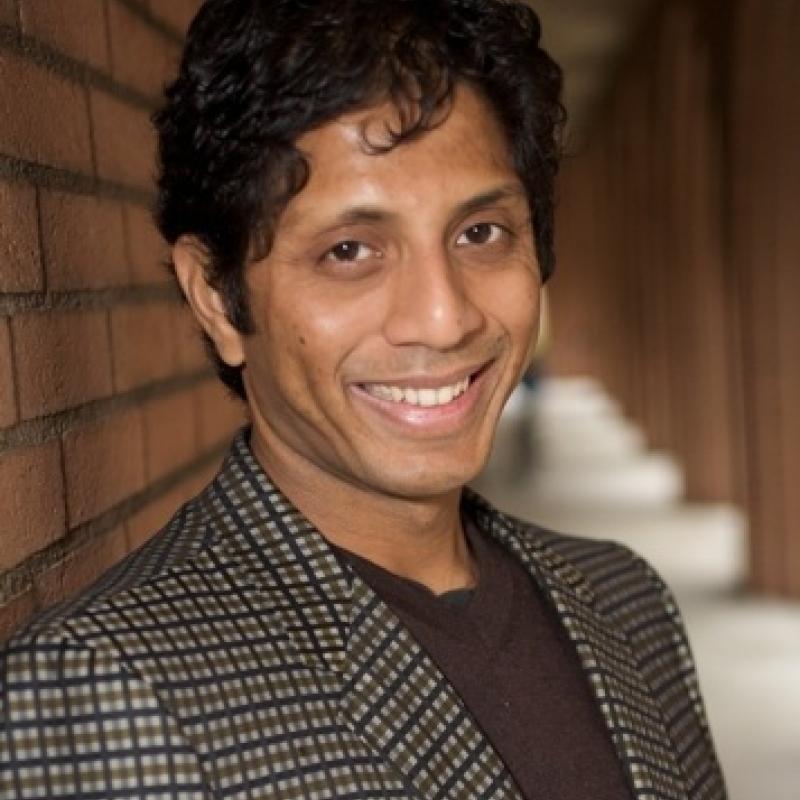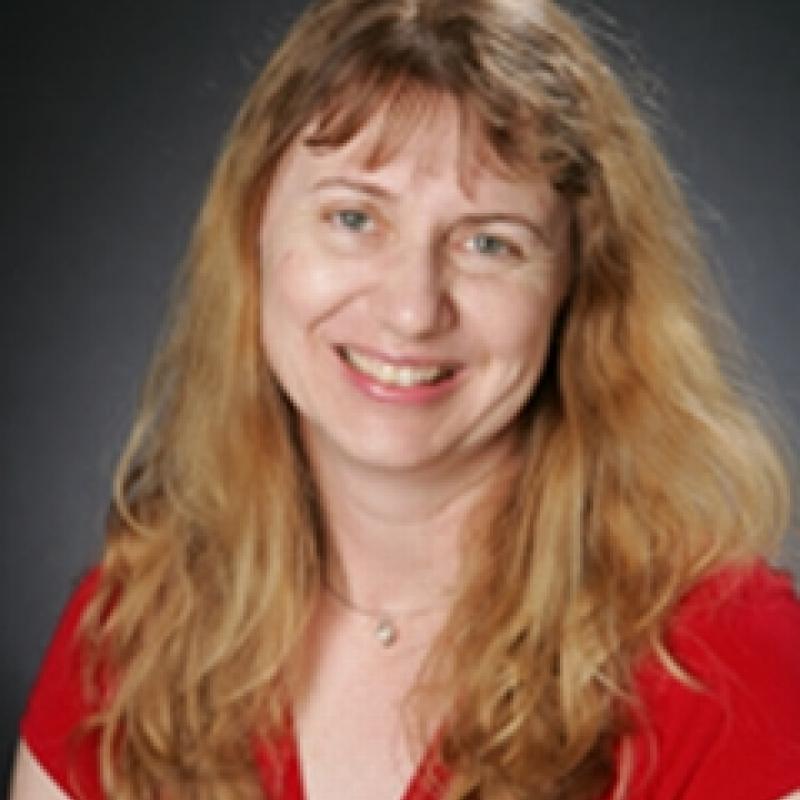Without engineering, there is no future, and an engineer will be the first to tell you that. Join in conversation engineers Shrikanth Narayanan, Andrew Viterbi Professor of Engineering, and Maja Mataric, Professor of Computer Science, Neuroscience, and Pediatrics, Viterbi School of Engineering, as they assess the ongoing invention of the future by – who else? – engineers. University Professor Kevin Starr will moderate.
Pizza will be provided.

